The Best Hydrangeas Of
The Best Hydrangeas of 2023
Hydrangeas are some of the most popular flowering shrubs in the world. They come in a wide variety of colors, sizes, and shapes, making them a versatile addition to any garden. If you're looking for the best hydrangeas of 2023, look no further. Here are a few of our top picks:
- Hydrangea paniculata 'Limelight'. This panicle hydrangea is a favorite among gardeners for its large, lime-green flowers that bloom from midsummer to fall. It's a hardy plant that can tolerate a wide range of conditions, making it a good choice for most gardens.
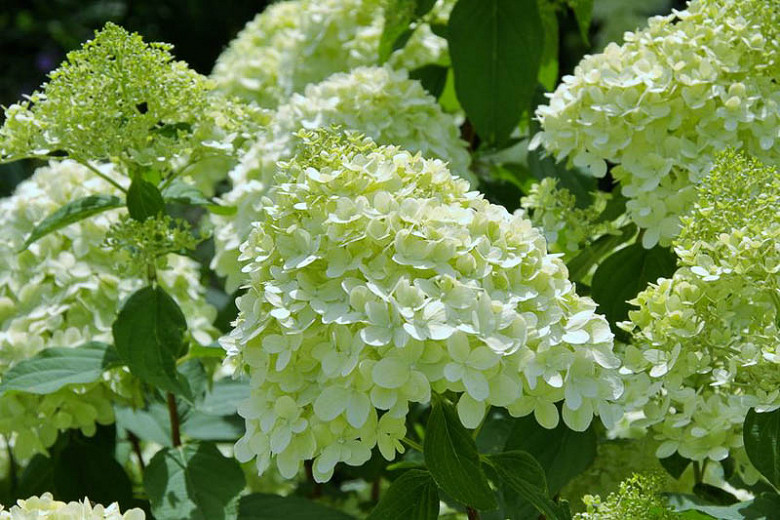
- Hydrangea arborescens 'Annabelle'. This smooth hydrangea is another popular choice for its large, white flowers that bloom in summer. It's a low-maintenance plant that's easy to grow, making it a good option for beginners.

- Hydrangea macrophylla 'Endless Summer'. This mophead hydrangea is a rebloomer, meaning it will bloom multiple times throughout the season. It's a versatile plant that can be grown in a variety of settings, making it a good choice for many gardens.
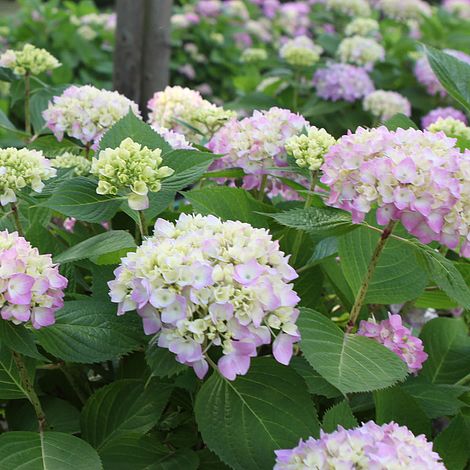
- Hydrangea quercifolia 'Gatsby Star'. This oakleaf hydrangea is a unique and beautiful plant with large, white flowers that bloom in summer. It's a hardy plant that can tolerate a wide range of conditions, making it a good choice for most gardens.

- Hydrangea serrata 'Tuff Stuff'. This lacecap hydrangea is a compact and hardy plant that's easy to grow. It's a good choice for small gardens or containers.
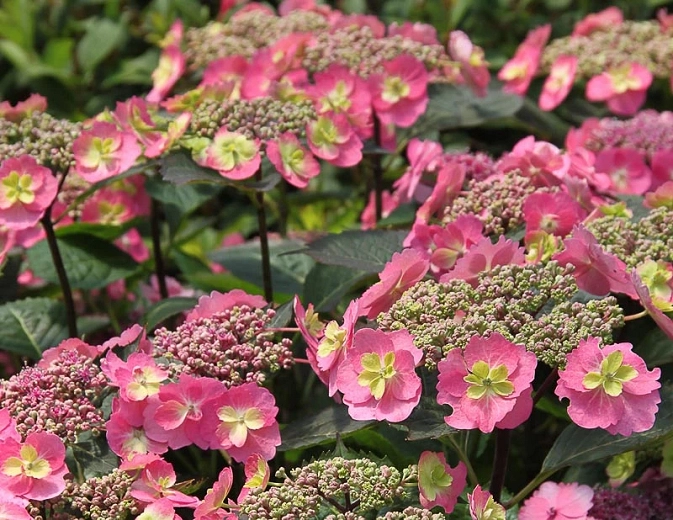
These are just a few of the many great hydrangeas available in 2023. When choosing hydrangeas for your garden, consider the following factors:
- Sun exposure: Most hydrangeas prefer full sun, but some, such as oakleaf hydrangeas, can tolerate partial shade.
- Soil type: Hydrangeas prefer acidic soil, but some, such as panicle hydrangeas, can tolerate alkaline soil.
- Hardiness zone: Hydrangeas are hardy in a wide range of zones, but it's important to choose varieties that are hardy in your area.
- Bloom time: Hydrangeas bloom at different times of the year, so choose varieties that will bloom when you want them to.
With so many great hydrangeas to choose from, you're sure to find the perfect ones for your garden. So what are you waiting for? Start planting today!
Hydrangeas are some of the most beautiful and popular flowering shrubs in the world. With their large, colorful blooms, they can add a touch of elegance to any garden. But with so many different varieties of hydrangeas available, it can be difficult to know which one is right for you.
That's where comes in. This website is a comprehensive resource for all things hydrangeas. You'll find information on everything from different types of hydrangeas to how to care for them. And if you're still not sure which hydrangea is right for you, you can use the website's interactive plant finder to get personalized recommendations.
In addition to its wealth of information, also features beautiful photos of hydrangeas in bloom. So whether you're looking for inspiration for your own garden or just want to admire these amazing flowers, is the perfect place to visit.
FAQ of best hydrangea
1. What are the best hydrangeas for my garden?
There are many different types of hydrangeas, so it's important to choose the right ones for your garden. Some factors to consider include the size of your garden, the amount of sunlight it gets, and the desired color of the flowers. Here are a few of the best hydrangeas for different types of gardens:
- Bigleaf hydrangeas are large, spreading shrubs that can grow up to 8 feet tall. They prefer full sun to partial shade and produce large, showy flowers in shades of blue, pink, or white.
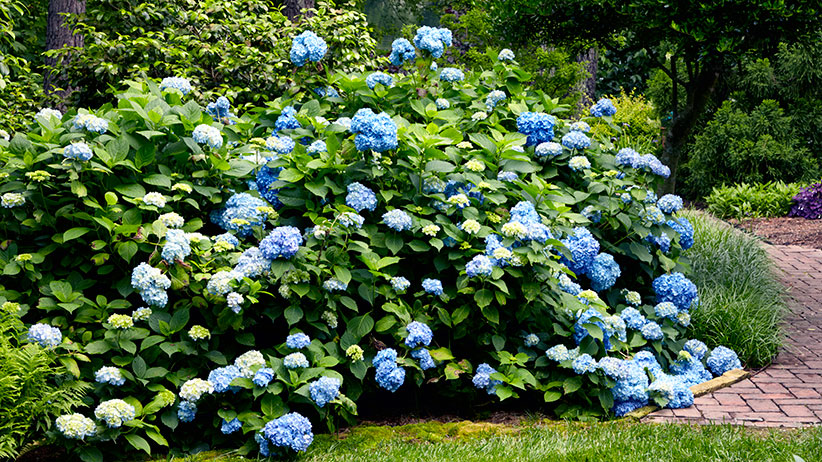
- Smooth hydrangeas are smaller than bigleaf hydrangeas, but they are just as beautiful. They prefer partial shade and produce flowers in shades of blue, pink, or white.
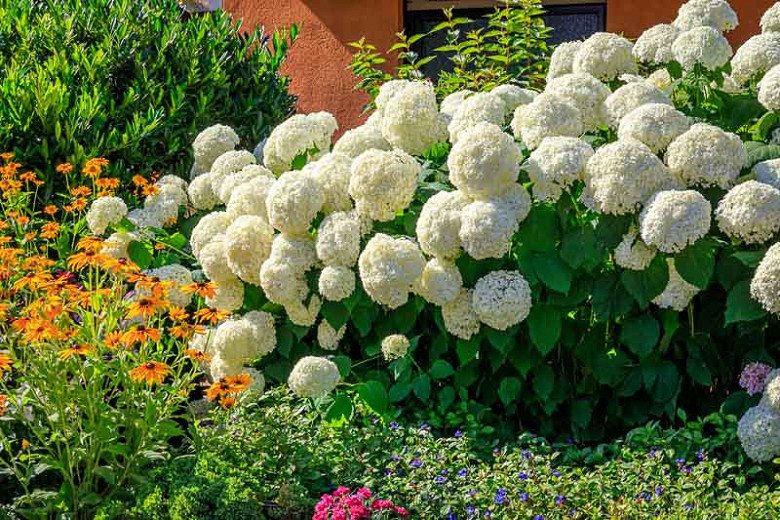
- Panicle hydrangeas are tall, upright shrubs that can grow up to 10 feet tall. They prefer full sun and produce large, conical flowers in shades of white, pink, or purple.

- Mophead hydrangeas are small, rounded shrubs that can grow up to 3 feet tall. They prefer partial shade and produce large, round flowers in shades of blue, pink, or white.
2. How do I care for hydrangeas?
Hydrangeas are relatively easy to care for, but they do need some special attention. Here are a few tips for caring for hydrangeas:
- Water them regularly. Hydrangeas need moist soil, so water them deeply and often, especially during hot, dry weather.
- Feed them with a balanced fertilizer. Hydrangeas benefit from a balanced fertilizer, such as 10-10-10. Apply the fertilizer in early spring and again in late summer.
- Prune them in the spring. Hydrangeas should be pruned in the spring, before they start to bloom. This will help to promote new growth and flowering.
- Protect them from frost. Hydrangeas are hardy in zones 3-9, but they may need some protection from frost in colder climates. You can cover them with a burlap sack or other protective material during the winter months.
3. How do I change the color of my hydrangeas?
The color of hydrangea flowers is determined by the acidity of the soil. In alkaline soil, hydrangeas will bloom blue flowers. In acidic soil, they will bloom pink flowers. You can change the color of your hydrangeas by adjusting the pH of the soil.
To make the soil more acidic, add sulfur to the soil. To make the soil more alkaline, add lime to the soil. You can also use a commercial hydrangea fertilizer that contains iron.
4. What are some common pests and diseases that affect hydrangeas?
Hydrangeas are susceptible to a few common pests and diseases. Some of the most common pests include aphids, scale, and Japanese beetles. Some of the most common diseases include powdery mildew, leaf spot, and root rot.
If you see any pests or diseases on your hydrangeas, you can treat them with insecticidal soap, neem oil, or other commercial pesticides. You can also prevent pests and diseases by watering your hydrangeas regularly, fertilizing them properly, and pruning them in the spring.
5. Where can I buy hydrangeas?
Hydrangeas are available at many garden centers and online retailers. When choosing hydrangeas, be sure to select plants that are healthy and free of pests or diseases.
Image of best hydrangea
- Hydrangea macrophylla is a popular choice for its large, showy blooms. It comes in a variety of colors, including blue, pink, and white.
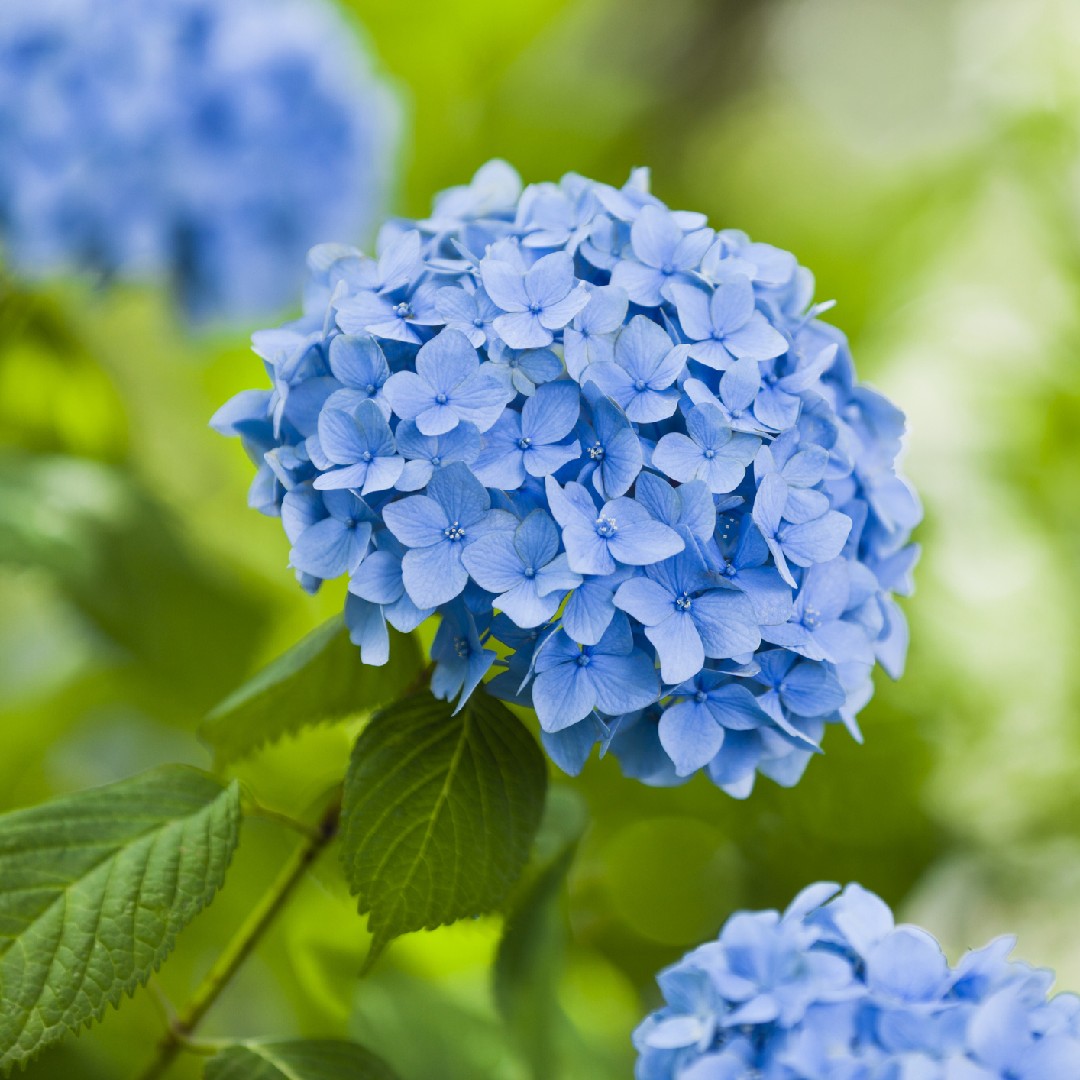
- Hydrangea paniculata is known for its cascading blooms. It is a bit more cold-hardy than H. macrophylla and can come in shades of white, pink, and blue.

- Hydrangea arborescens is a native North American hydrangea that is known for its delicate blooms. It comes in shades of white and pink.

- Hydrangea quercifolia is a deciduous hydrangea that is known for its oak-shaped leaves and its large, blue or pink blooms.
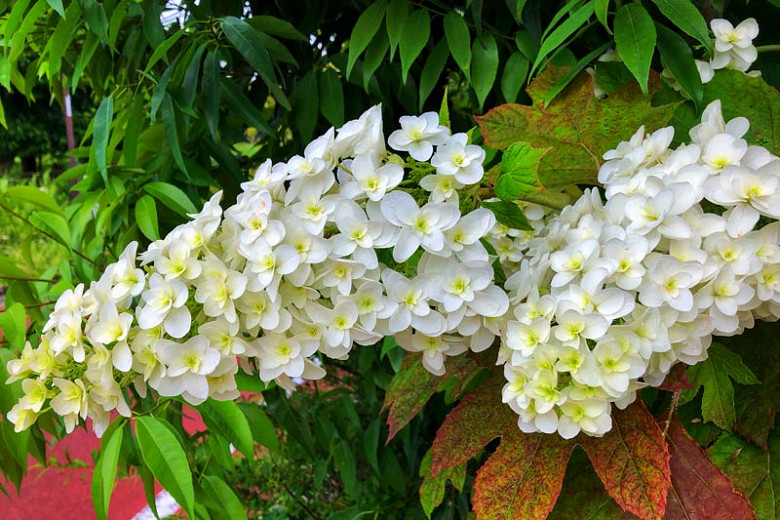
- Hydrangea serrata is a small, shrubby hydrangea that is known for its dainty, lacecap blooms. It comes in shades of white, pink, and blue.

Post a Comment for "The Best Hydrangeas Of "